The Palau island is a tropical destination in the western Pacific Ocean, known for its marine biodiversity and coral reefs. It consists of over 340 islands and is part of the Micronesia region. Visitors can explore historical sites, natural reserves, and underwater wonders. The country uses the United States dollar as its official currency. The island has a tropical rainforest climate, ensuring warm temperatures throughout the year. Palau follows a visa-free or visa-on-arrival policy for many nationalities, making travel convenient.
Location
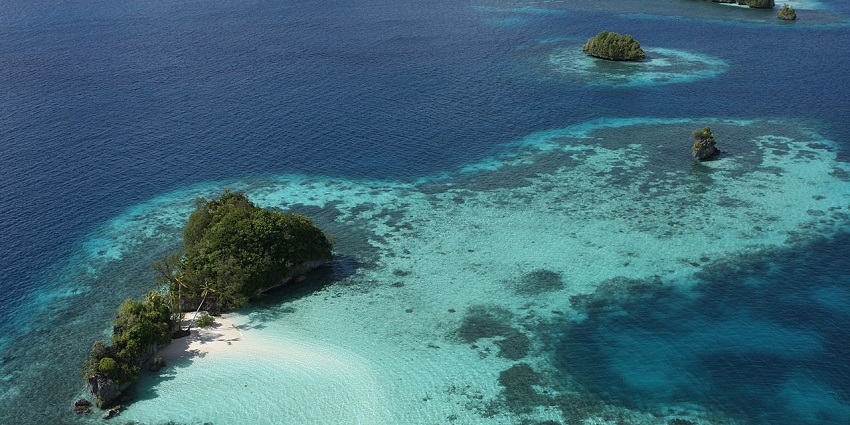
Photo: LuxTonnerre / Wikimedia Commons
Palau, an island country in the western Pacific Ocean, consists of over 340 islands. It lies southeast of the Philippines and north of Indonesia. The main island, Babeldaob, serves as the political and economic centre, while Koror remains the most populated. Palau’s location within Micronesia places it in a tropical region with warm temperatures year-round. The country is surrounded by clear blue waters, coral reefs, and diverse marine life.
How To Reach
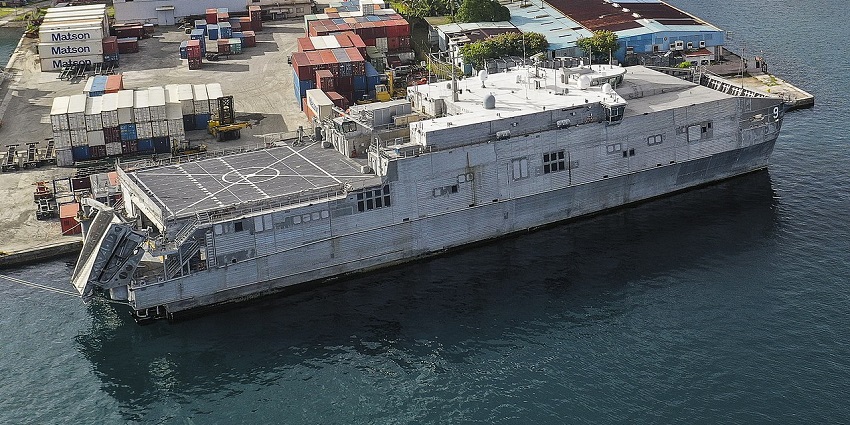
Photo: Official U.S. Navy Page / Wikimedia Commons
By Air: Palau International Airport (ROR) in Koror connects the island to destinations such as the Philippines, Taiwan, and Japan. Direct flights are available from select international airports.
By Road: Only a few shuttle services operate between Palau’s major towns, limiting public transportation. Visitors rely on rental vehicles and taxis for local travel. You can find taxis in Koror, the commercial hub, and book them through hotels.
Things To Do
Discover the best things to do on the Palau Island, ranging from marine adventures to cultural experiences for a memorable trip:
1. Indulge In Kayaking And Island Hopping

Photo: LuxTonnerre / Wikimedia Commons
Kayaking in Palau offers an opportunity to navigate through limestone formations, hidden coves, and tranquil waters. Paddlers can explore sea caves, encounter diverse marine life, and access locations unreachable by larger boats. Some islands feature ancient rock paintings, providing insight into Palau’s early inhabitants. Island-hopping tours further enrich the experience by including stops at historical sites and marine sanctuaries. Local guides share knowledge about the area’s ecology and cultural significance, making it both an adventurous and educational excursion.
2. Enjoy Snorkelling In Jellyfish Lake
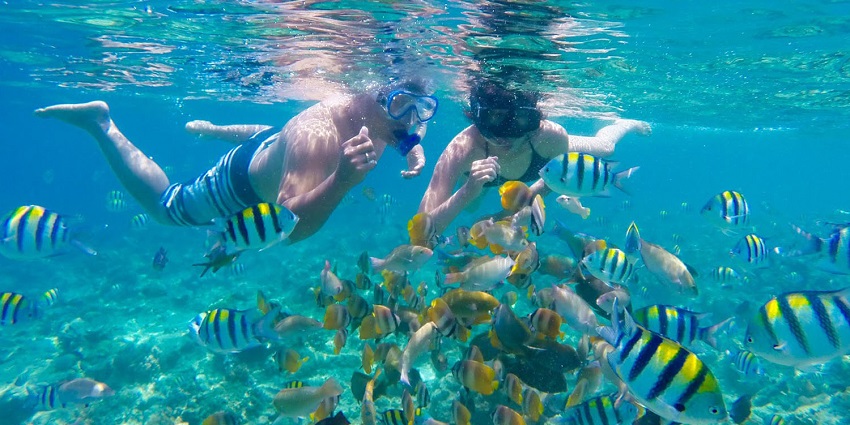
Photo: tourdilombok / Wikimedia Commons / Image For Representation Only
Jellyfish Lake presents an exceptional snorkelling experience where thousands of golden jellyfish drift through the water. The lake, isolated for millennia, has led to a unique ecosystem where these jellyfish have evolved without natural predators. Swimmers can observe their rhythmic movement while enjoying the calm, enclosed environment. Lush vegetation surrounds the lake, adding to the immersive atmosphere. Scientists frequently study this location to understand marine adaptation. This makes it a fascinating site for nature enthusiasts interested in aquatic biodiversity and ecological history.
3. Experience Night Diving
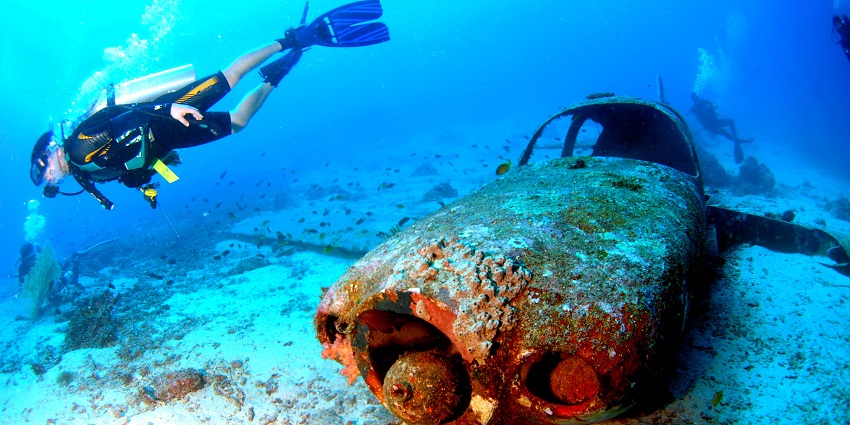
Photo: CC0 Public Domain / PxHere / Image For Representation Only
Night diving in Palau provides a completely different perspective on the underwater world. As the sun sets, the ocean comes alive, with nocturnal species emerging from their hiding spots. Divers can witness fluorescent corals, predatory fish on the hunt, and bioluminescent plankton illuminating the water. The experience allows for close encounters with creatures such as crabs, shrimps, and cuttlefish that remain hidden during the day. Exploring the reefs at night adds an element of mystery and excitement.
Places To Visit Near The Palau Island
While enjoying the the Palau island, consider visiting these nearby attractions to elevate the experiences during the trip:
1. Chandelier Cave
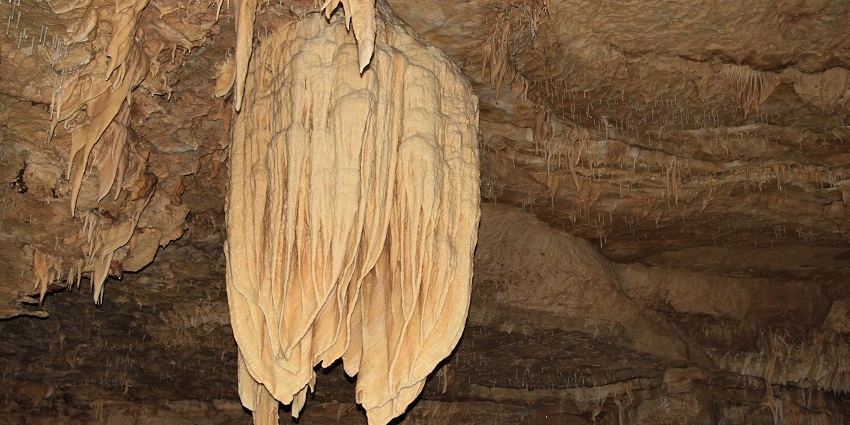
Photo: Larry D. Moore / Wikimedia Commons
Chandelier Cave is an underwater marvel featuring a series of interconnected chambers with air pockets. This allows divers to take breaks while exploring. Mineral deposits formed stalactites resembling chandeliers that adorn the cave over thousands of years. Divers navigate through crystal-clear waters, witnessing limestone formations that reflect light beautifully. The cave’s calm conditions make it suitable for experienced divers seeking an adventurous yet controlled environment.
Major Attraction: Stalactite formations
Timings: 24*7
2. Ngardmau Falls

Photo: User: (WT-shared) Onyo at wts wikivoyage / Wikimedia Commons
Ngardmau Falls is the tallest waterfall in Palau, drawing visitors who enjoy both nature and a light trek. The path to the falls leads through lush greenery, crossing small streams and wooden bridges. Along the way, visitors can spot native flora and fauna unique to the region. Upon arrival, the cascading water provides a refreshing swim, making it a rewarding stop for hikers. The location is ideal for those looking to experience Palau’s natural beauty while engaging in an active yet accessible outdoor adventure.
Major Attraction: Waterfall trekking
Timings: 8 AM – 5 PM
3. Palau Aquarium
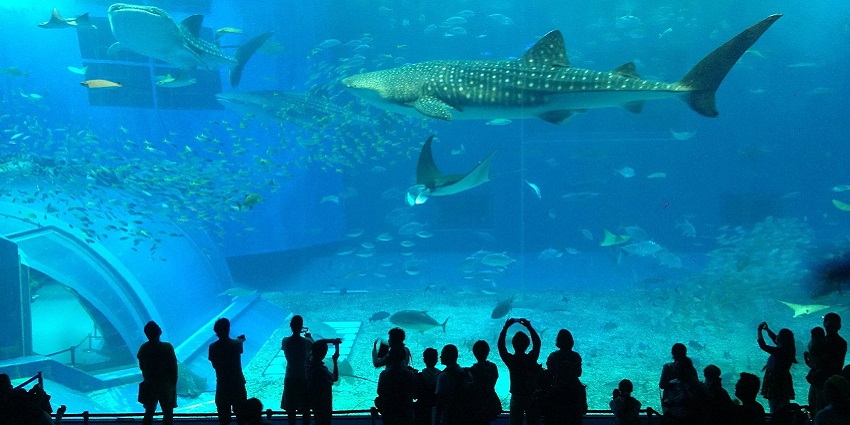
Photo: CC0 Public Domain / PxHere / Image For Representation Only
The Palau Aquarium provides an educational experience for visitors interested in marine conservation and biodiversity. The facility features well-maintained exhibits showcasing Palau’s coral reefs, mangrove ecosystems, and marine species. Guests can observe a variety of fish, sea turtles, and other aquatic life while learning about the importance of preserving marine habitats. Interactive sections offer insights into local conservation efforts, making it an informative visit.
Major Attraction: Marine biodiversity displays
Timings: 9 AM – 5 PM
Where To Stay

Photo: FoxyStranger Kawasaki / Wikimedia Commons
Palau offers various accommodation options, from high-end resorts to budget-friendly guesthouses. Luxury resorts in Koror provide comfortable stays with ocean views, on-site dining, and diving excursions. Mid-range hotels cater to families and travellers looking for convenience, while budget lodges offer affordable stays with essential amenities. Booking in advance is advisable, especially during peak travel months, to secure preferred options. Whether seeking a resort experience or a simple guesthouse, Palau has lodging suited for different travel needs.
Where To Eat
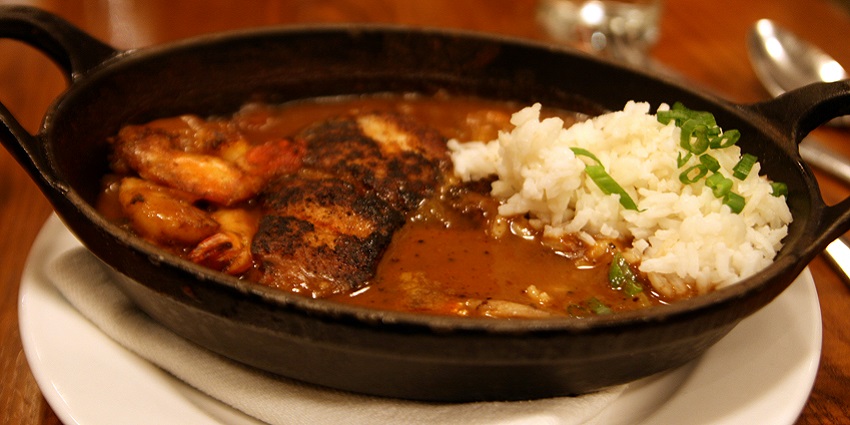
Photo: Quinn Dombrowski / Wikimedia Commons / Image For Representation Only
Dining in Palau offers a mix of traditional and international flavours. Seafood is a staple, with restaurants serving fresh fish, crabs, and octopus prepared in local styles. Taro and coconut-based dishes highlight the island’s culinary heritage. Koror features both casual eateries and upscale dining spots offering international cuisines, including Japanese, American, and Filipino influences. Local markets provide an opportunity to sample authentic Palauan delicacies, from grilled fish to tropical fruit-based desserts, catering to a range of tastes.
Best Time To Visit

Photo: ito1117 / Wikimedia Commons
The ideal time to visit Palau is from November to April when the dry season ensures favourable conditions for outdoor activities. The lower rainfall during these months makes diving, snorkelling, and island-hopping more enjoyable. Visibility in the ocean remains excellent, allowing divers to explore Palau’s underwater sites with clarity. Those interested in cultural festivals can also plan their trip around events held during this period. Visiting in the dry season ensures a pleasant travel experience with minimal disruptions.
Tips For Travellers
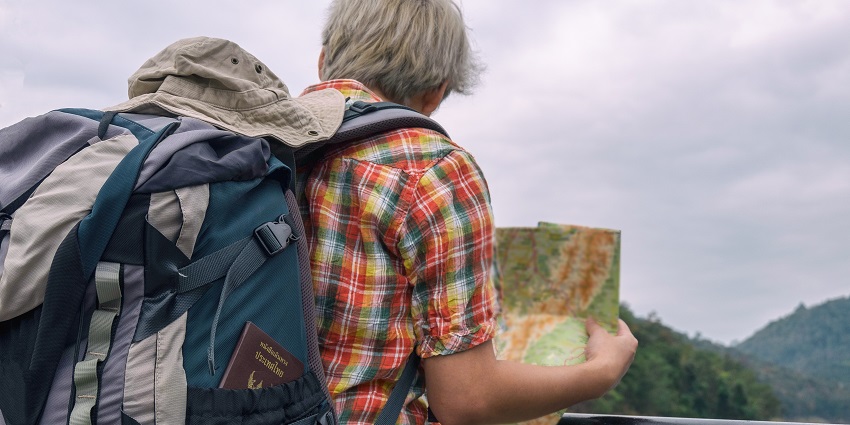
Photo: CC0 Public Domain / PxHere / Image For Representation Only
- Carry a copy of the the Palau island map for easy navigation.
- Check the Palau Island weather updates before planning outdoor activities.
- Book accommodation and diving tours in advance during peak season.
The Palau Island attracts visitors with its rich marine biodiversity, historical landmarks, and outdoor activities. Snorkel in crystal-clear waters to see colourful coral reefs, or kayak through hidden coves for a closer look at the coastline. History enthusiasts can explore World War II sites and traditional Bai meeting houses, gaining insight into the island’s past. Nature lovers can hike through forests, discovering unique flora and fauna. Plan your visit with TripXL for a seamless experience, ensuring access to top attractions and local cultural highlights.
Cover Photo: Rodrigo.Argenton / Wikimedia Commons


 WhatsApp
WhatsApp
 Twitter
Twitter









